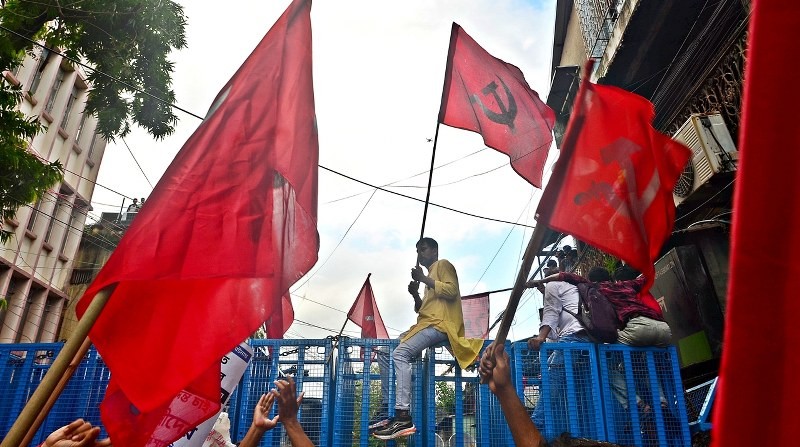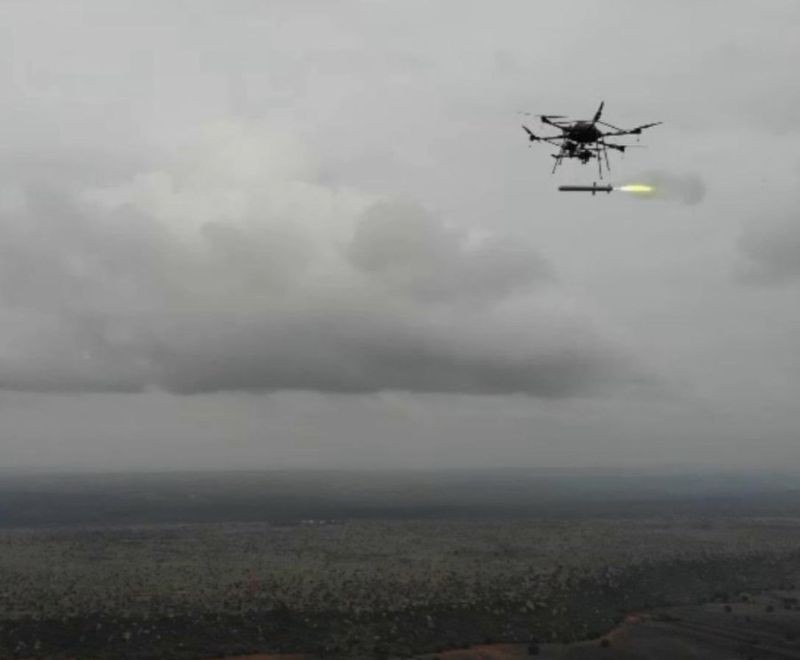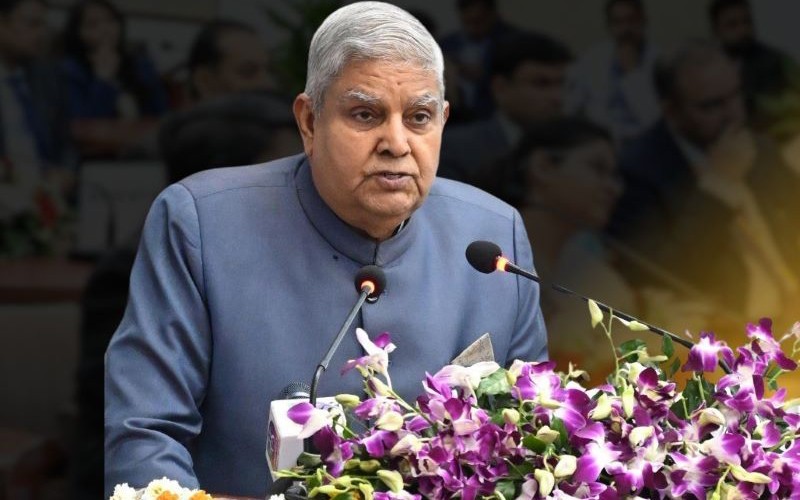Maha Kumbh in Prayagraj: Ten million devotees brave winter chills to take holy dip in Sangam for first 'Amrit Snan'
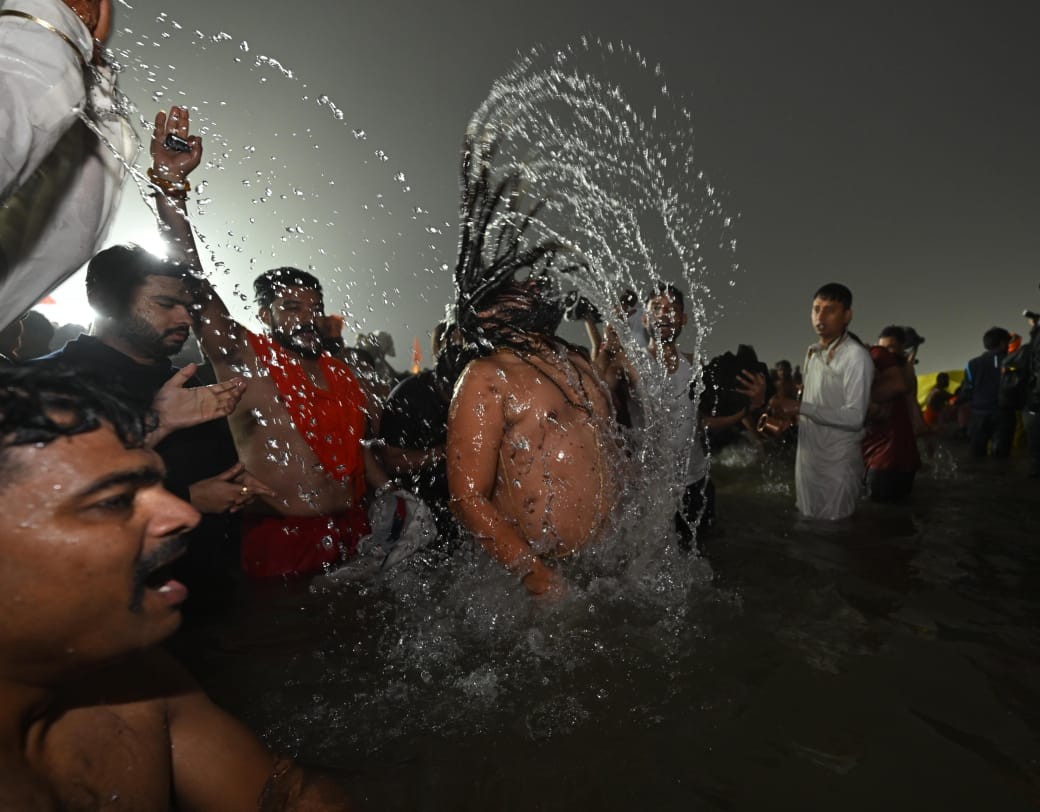
Almost 10 million people braved dense fog and intense cold to take a dip in the freezing waters at the Triveni Sangam in Uttar Pradesh's religious city of Prayagraj in their bid to seek forgiveness for their sins, marking the first 'Amrit Snan' (royal bath) of the ongoing Maha Kumbh, on Tuesday.
The Maha Kumbh, the biggest religious congregation in the world, is held after a gap of 12 years in Prayagraj, attracting devotees from India and across the globe.
Over the next six weeks starting from April 13, a whopping 400 million people are expected to attend the Maha Kumbh Mela, or the festival of the Sacred Pitcher.
UP DGP Prashant Kumar told ANI news agency: "Today is the first Amrit Snan of the 2025 Maha Kumbh where Sadhus from several Akharas are taking a holy dip from Brahma Muhurta."
"Niranjani Akhara, Atal Akhara, Mahanirvani Akhara and Anand Akhara have taken a holy dip," he said.
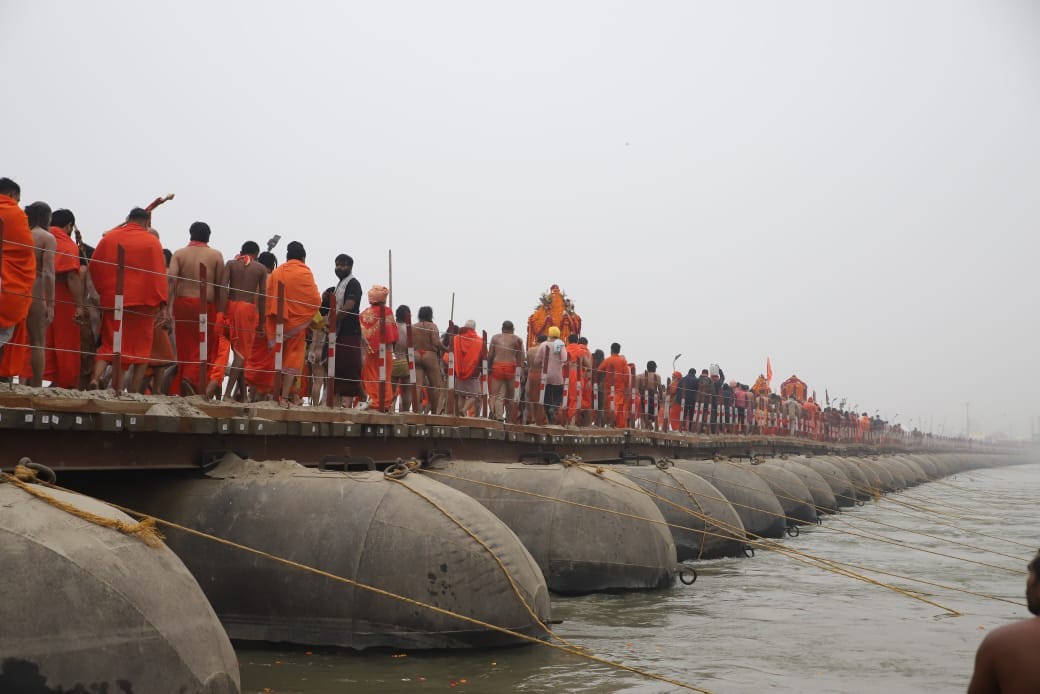
He said around 10 million devotees took a holy dip at the confluence of the three rivers- the Ganga, Yamuna and the mythical Saraswati.
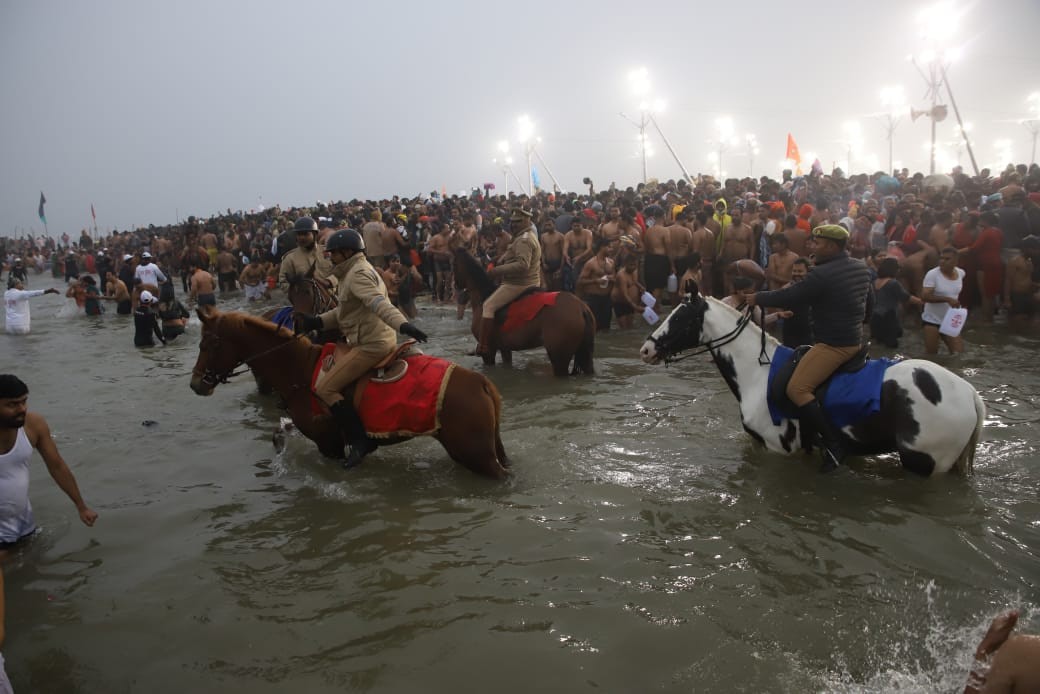
Meanwhile, Indian PM Narendra Modi and Uttar Pradesh Chief Minister Yogi Adityanath wished the countrymen on the Hindu festival of Makar Sankranti.
सभी देशवासियों को मकर संक्रांति की अनेकानेक शुभकामनाएं। उत्तरायण सूर्य को समर्पित यह पावन उत्सव आप सबके जीवन में नई ऊर्जा और नए उत्साह का संचार करे।
— Narendra Modi (@narendramodi) January 14, 2025
Yogi said 15 million people bathed in the holy waters on the first day of the festival on Monday.
मानवता के मंगलपर्व 'महाकुम्भ 2025' में 'पौष पूर्णिमा' के शुभ अवसर पर संगम स्नान का सौभाग्य प्राप्त करने वाले सभी संतगणों, कल्पवासियों, श्रद्धालुओं का हार्दिक अभिनंदन।
— Yogi Adityanath (@myogiadityanath) January 13, 2025
प्रथम स्नान पर्व पर आज 1.50 करोड़ सनातन आस्थावानों ने अविरल-निर्मल त्रिवेणी में स्नान का पुण्य लाभ अर्जित किया।…
The Uttar Pradesh government has been promoting the event not just as a religious gathering but as a cultural spectacle that in the past has attracted both Bollywood and Hollywood stars.
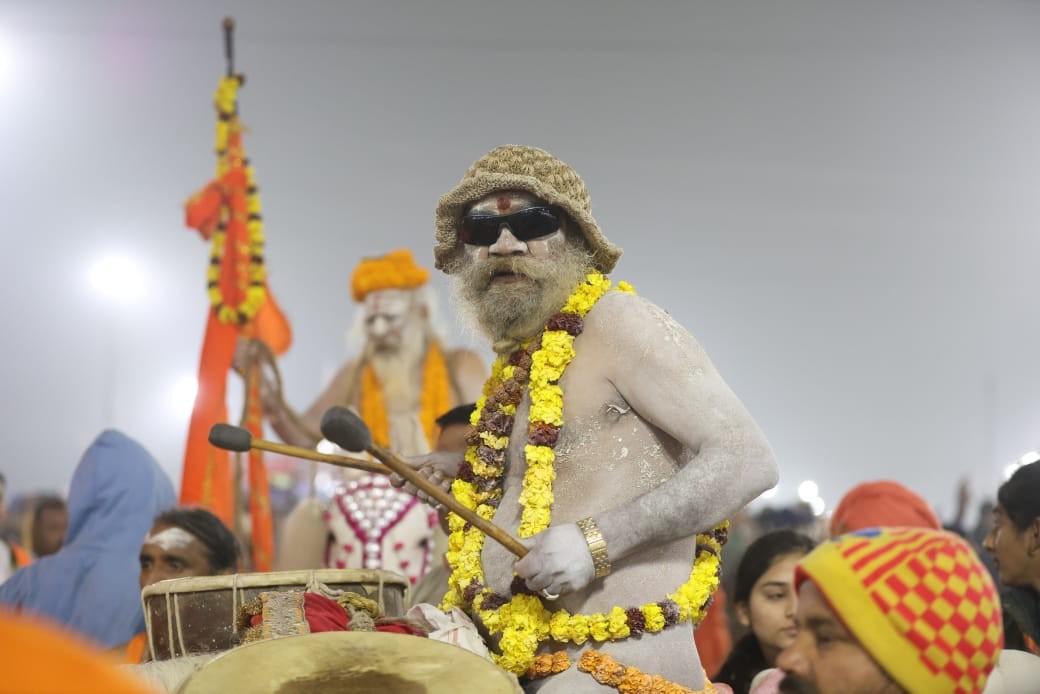
Around 160,000 tents, 150,000 toilets and a 776-mile (1,249-kilometer) drinking water pipeline have been installed at a temporary tent city covering 4,000 hectares, roughly the size of 7,500 football fields.
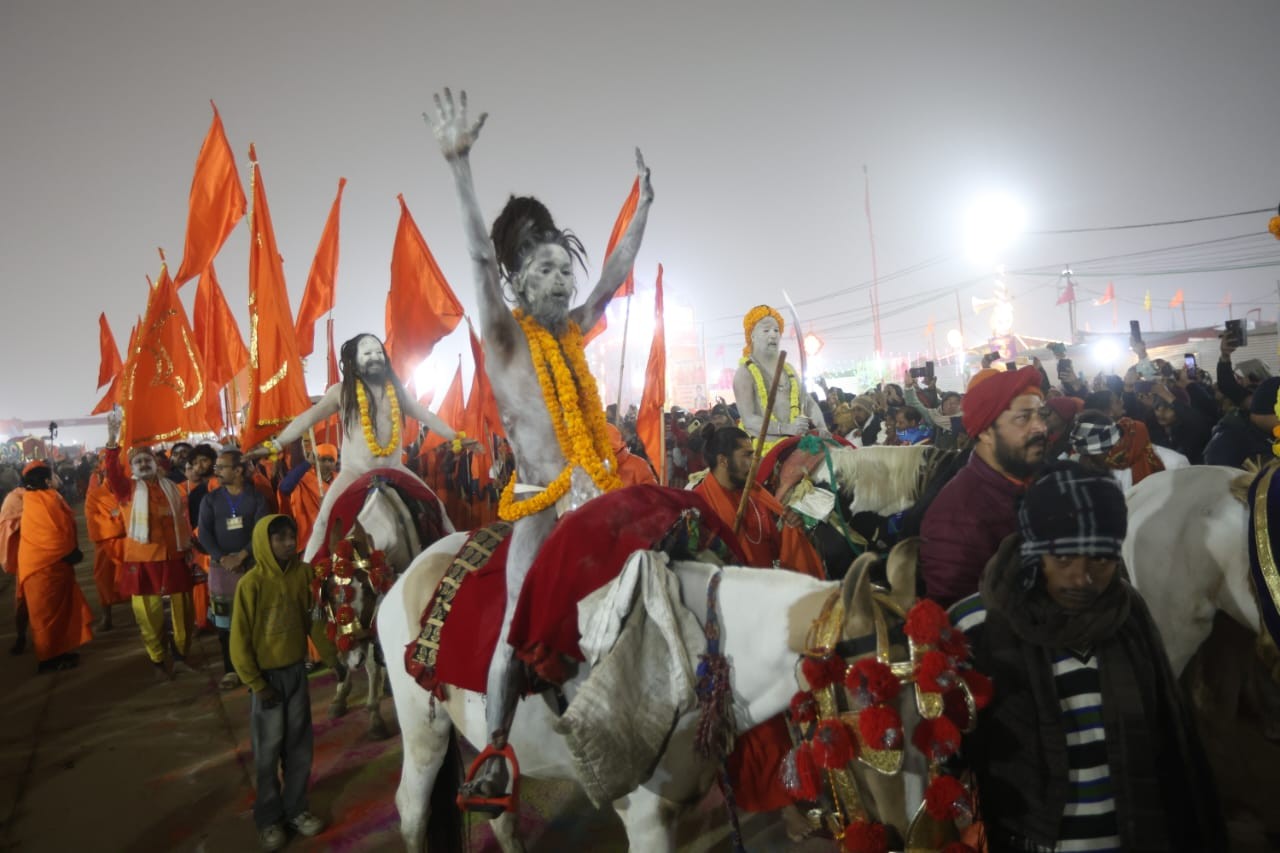
The Kumbh draws upon Hindu mythology and the legend of demons and gods fighting over a pitcher containing the elixir of immortality.
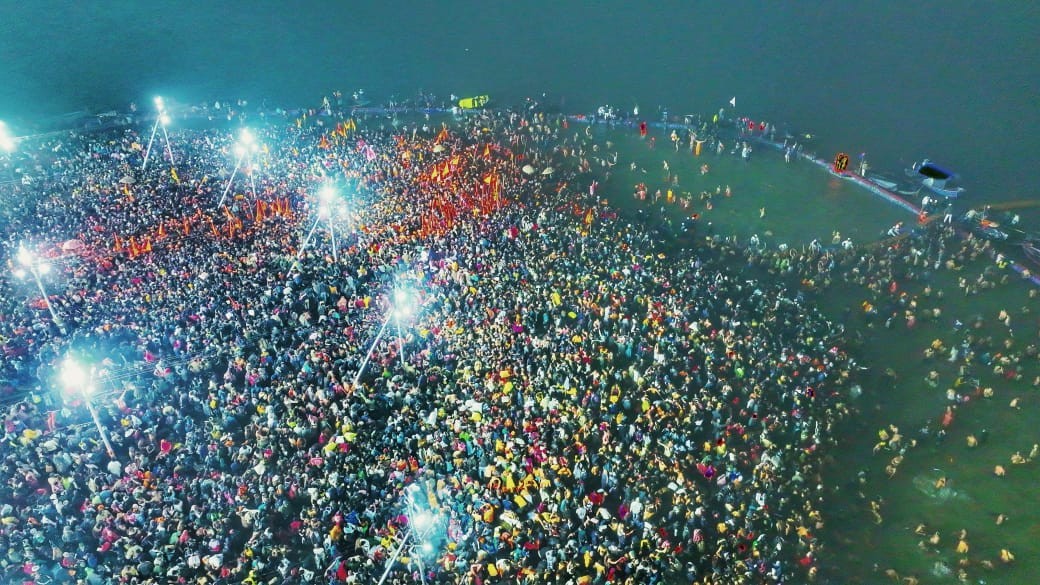
During the fight, four drops from the pitcher fell on Earth, in Prayagraj, Nashik, Haridwar and Ujjain, which host the festival in rotation.
Kumbh is mainly held at four riverside pilgrimage sites, namely: Prayagraj (Ganges-Yamuna-Sarasvati rivers confluence), Haridwar (Ganges), Nashik (Godavari), and Ujjain (Shipra).
The other rejuvenated Kumbh Mela is celebrated at Bansberia Tribeni Sangam in West Bengal at the confluence of Hooghly and Saraswati rivers, which dates back thousands of years but was stopped 700 years ago. However, this Kumbh Mela has been reopened since 2022.
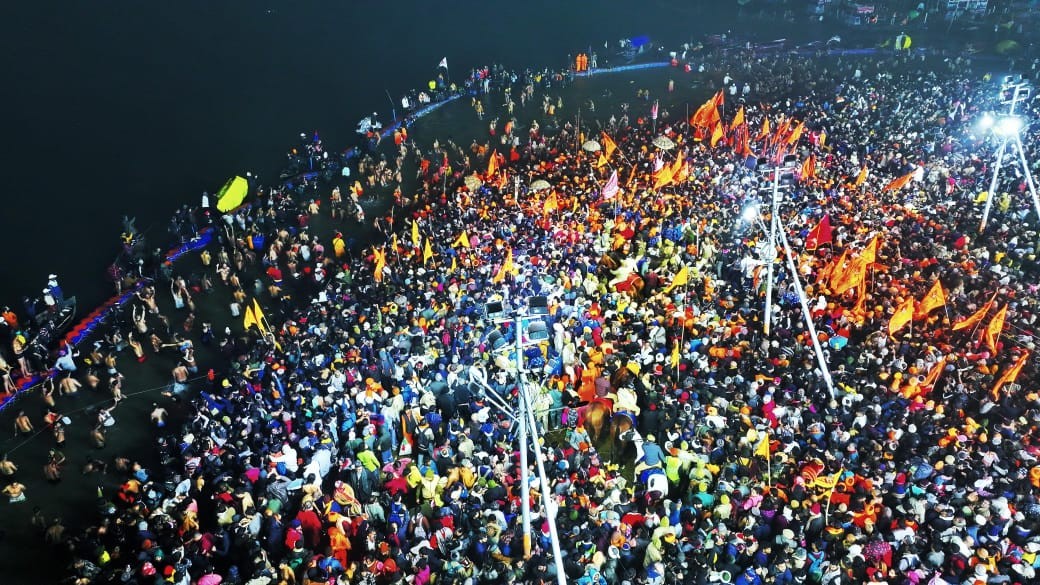
The festival is marked by a ritual dip in the waters, but it is also a celebration of community commerce with numerous fairs, education, religious discourses by saints, mass gatherings of monks, and entertainment.
The seekers believe that bathing in these rivers is a means to prāyaścitta (atonement, penance, restorative action) for past mistakes and that it cleanses them of their sins.
During the Last Maha Kumbh Mela in 2013, dozens of people were killed and injured in a crowd crush at a railway station as pilgrims gathered in the city.

This year, officials have put safety measures in place to protect visitors, including a security ring with checkpoints around the city staffed by more than 1,000 police officers.
(Image courtesy: UP Press Department)

